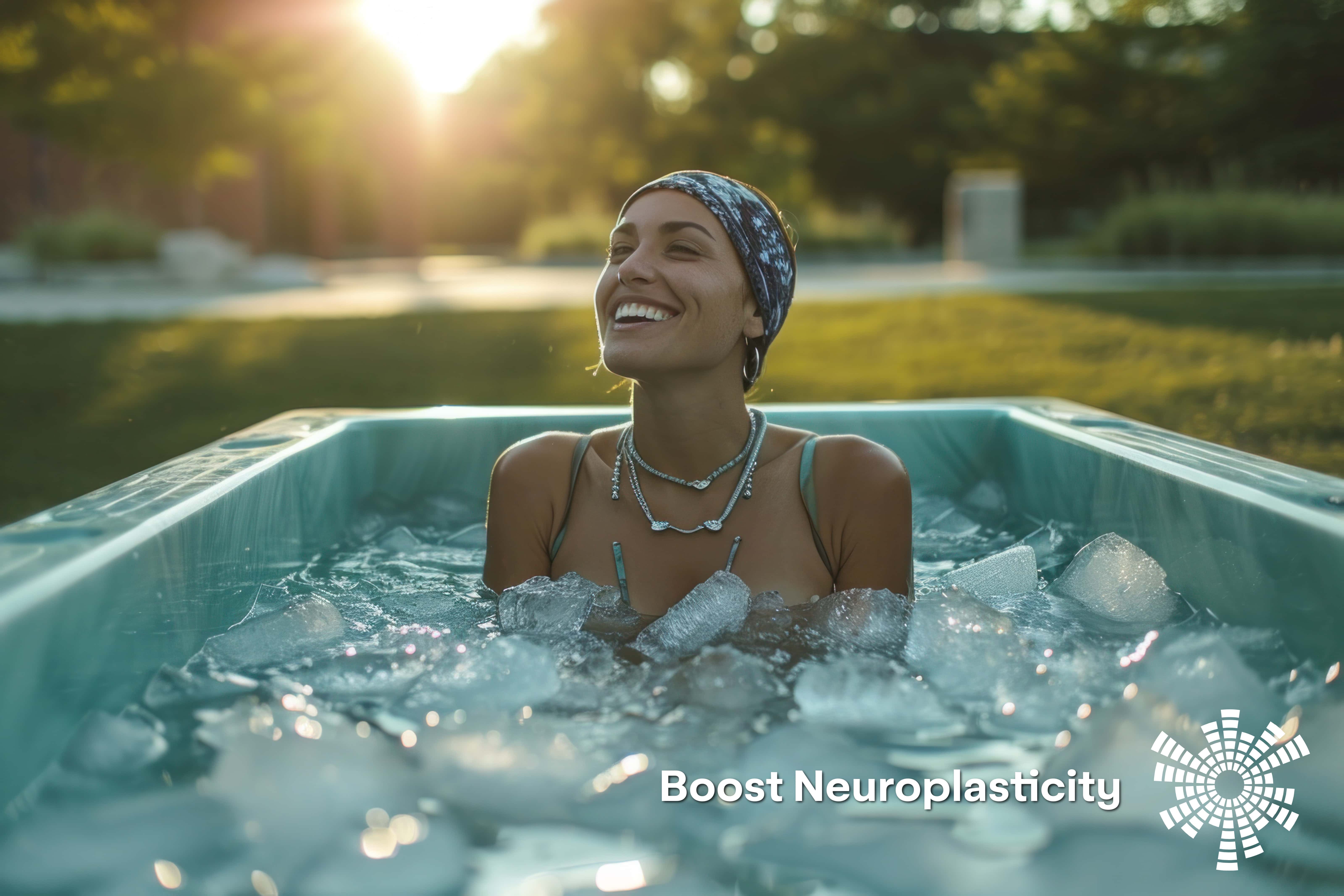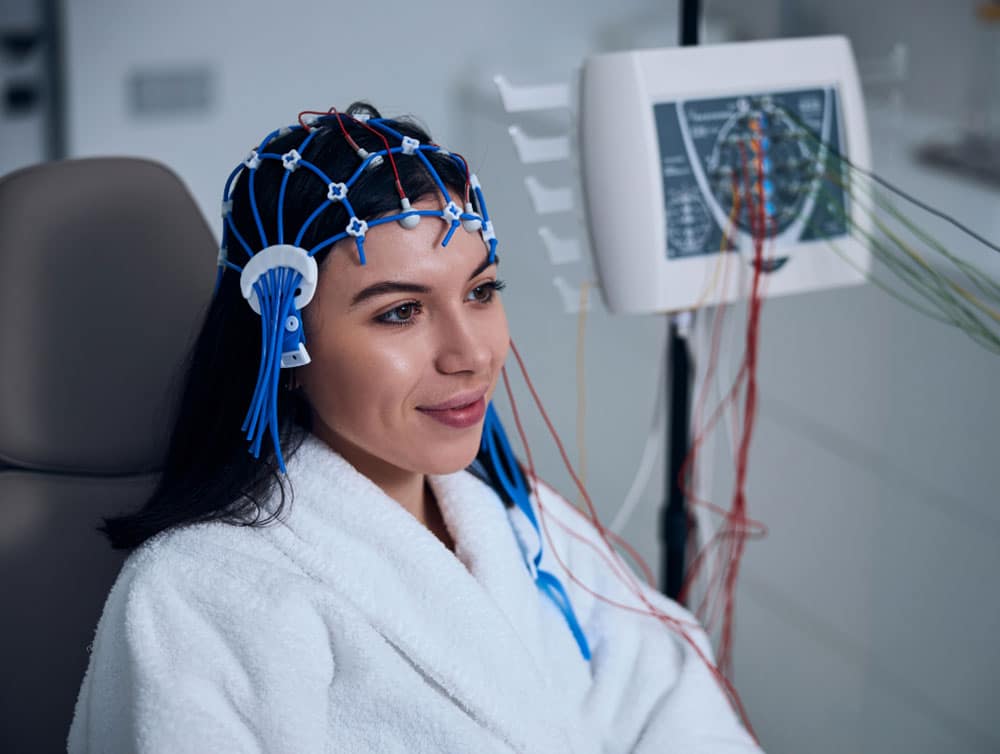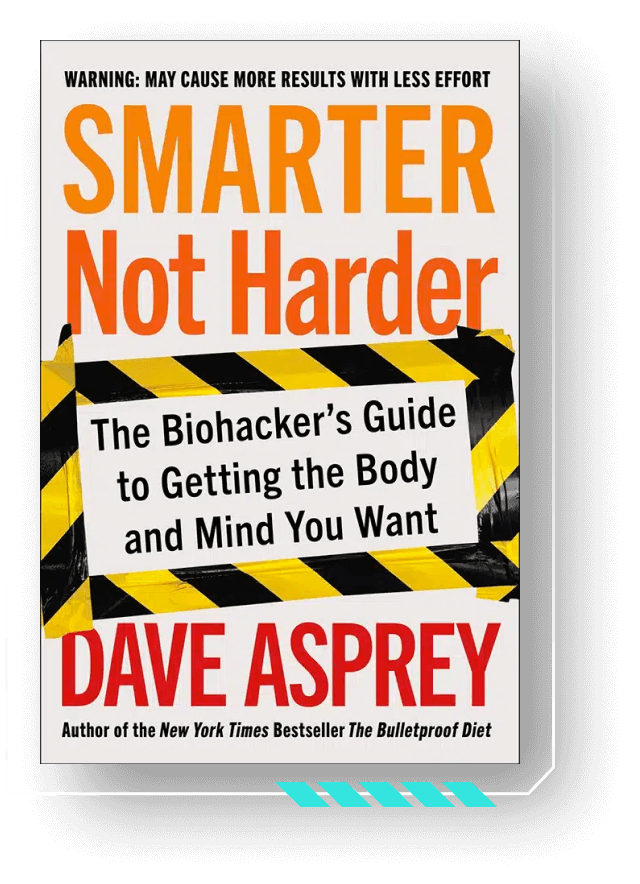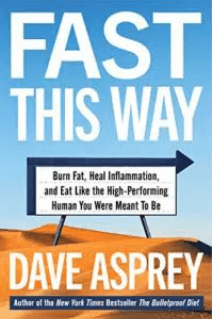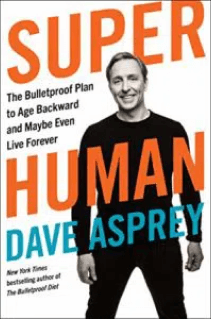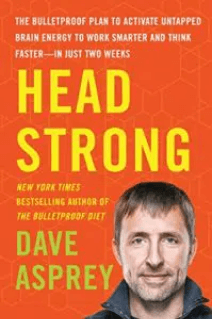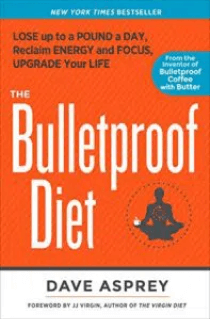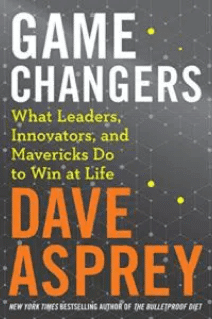
A recent study[ref url=”https://www.jcu.edu.au/news/releases/2017/november/call-for-workers-to-rise-up”] reveals that approximately three-quarters of office workers believe there is a negative connection between sitting down at work all day and their health — and that bosses are key to solving the problem.
Office workers blame weight gain and pain on sitting
In a survey of 140 office workers, 100 people believed there is a negative relationship between sitting at work and their health. The group noted common health concerns— back issues, followed by neck aches, then the loss of muscle tone. The group also reported issues with weight gain and loss of motivation while on the job. The researcher, Teneale McGuckin, noted that science backs up the survey results and that past research shows sitting comes with even more serious health risks than most people realize. “Increased sitting time has been associated with an elevated risk of cardiovascular disease and reduced life expectancy. Links to weight gain, some cancers, type 2 diabetes, and breathing difficulties, have also been identified.” A pilot prospective study[ref url=”http://onlinelibrary.wiley.com/doi/10.1002/ajim.20461/full”] also confirms that daily computer usage is correlated with undergraduate students’ musculoskeletal symptoms.
Ergonomic solutions need to be encouraged at the office
The survey also questioned people about ergonomic solutions. Office workers preferred a number of behavior-change strategies including alarms or alerts that prompt standing; self-freezing computer software used to induce someone to get up from their seat; acceptable standing room in meeting- and lunch-rooms; as well as standing desks. Regardless of strategy, though, the focus group noted that education on ergonomic benefits, as well as management buy-in, are key to successful outcomes. For instance, walking breaks must be seen as normal and even encouraged activity.
Steps you can take to find immediate relief from sitting
If sitting at work is cramping your style, follow these tips on 4 ways to hack your workspace. And even if you can’t get a standing desk, there are basic ways to add simple movement to a more sedentary day.
- Set your phone timer as a reminder to take a break. Clear your head with a walk up and down a flight of stairs or around the block.
- Try these 4-minutes exercises for perfect posture and pain relief — based upon Egoscue techniques.
- Give yourself a two-minute hand massage. If it’s just a minimal ache, your hands will be prepared to go back to the keyboard after five minutes. And maybe that question you had before the massage will have resolved itself in the meantime.
- Talk to your superior or human resources at work. Some companies provide ergonomic workspace assessments for free. If not, use this study[ref url=”https://www.jcu.edu.au/news/releases/2017/november/call-for-workers-to-rise-up”] as reference material for your conversation. Your manager may be more likely to help you find a solution once he or she realizes it’s good for you and the company.

